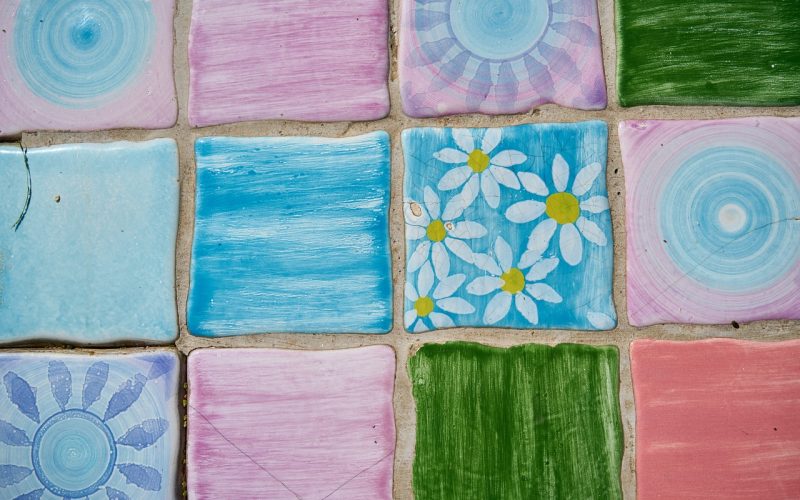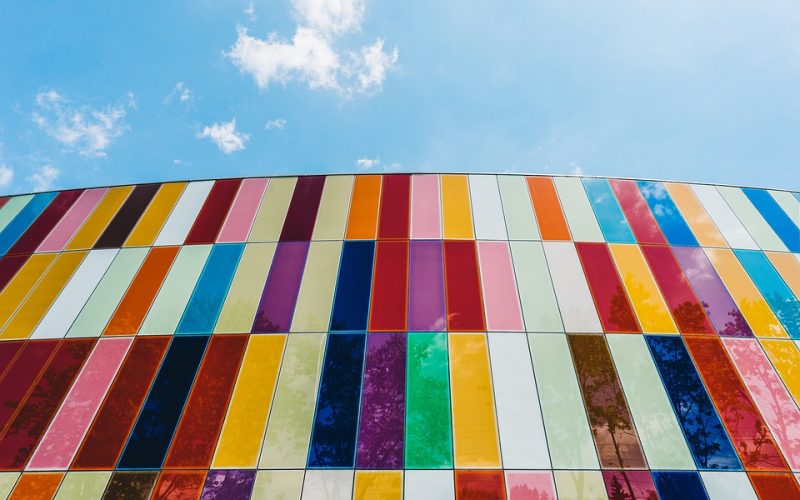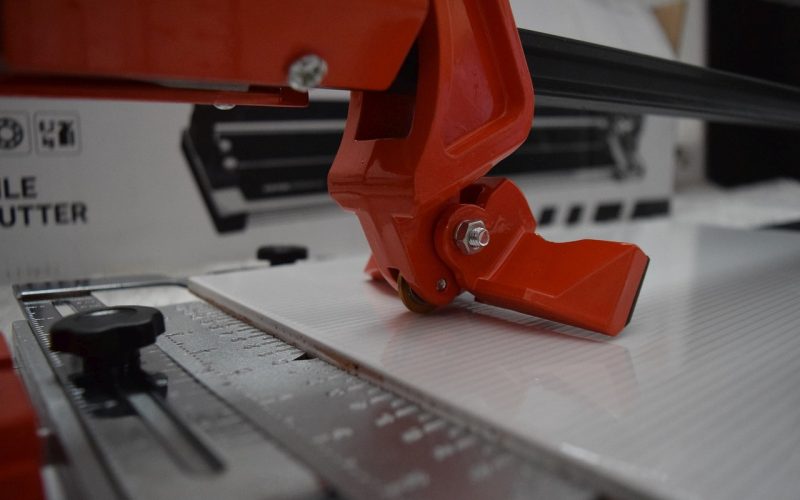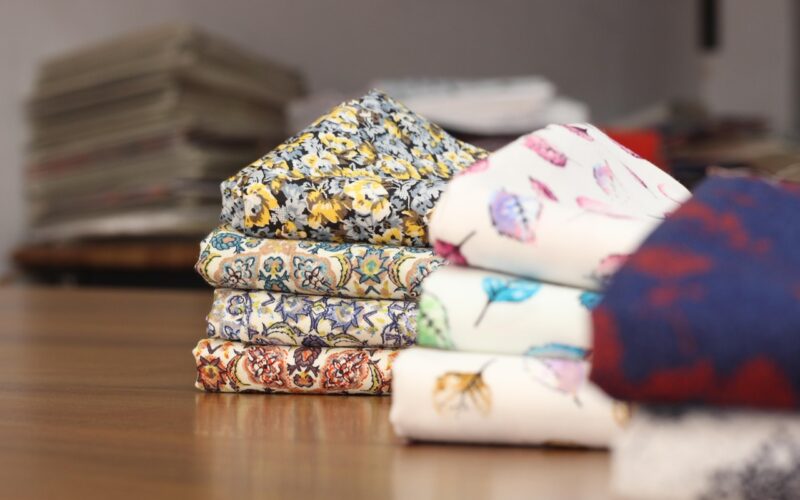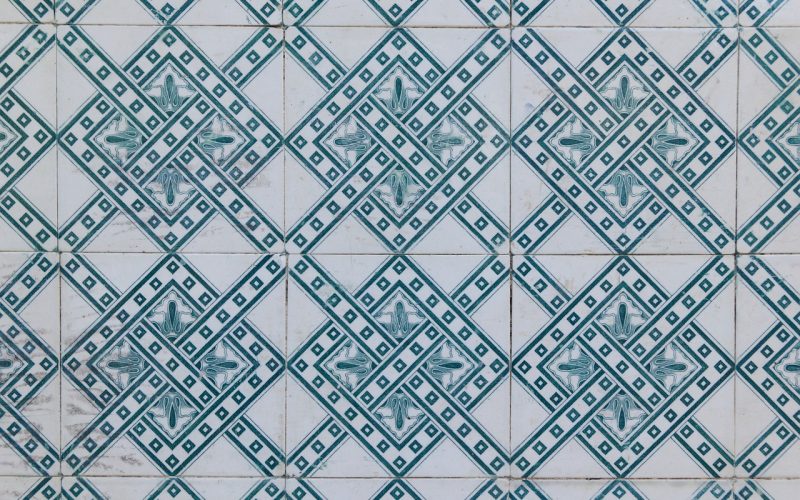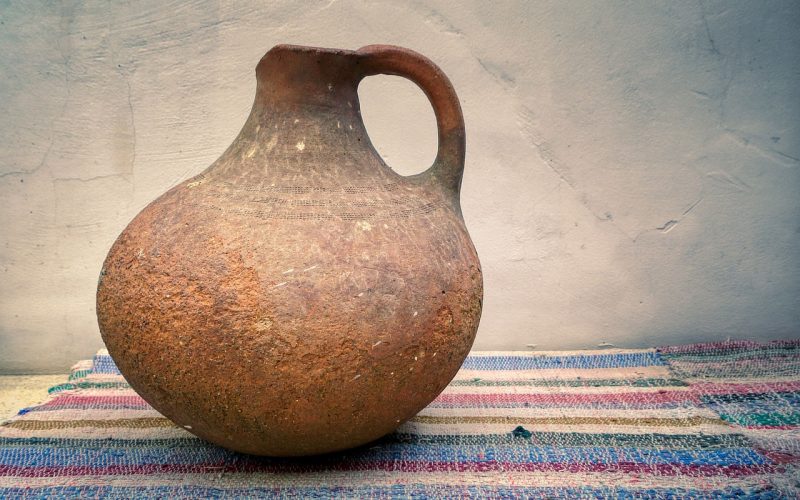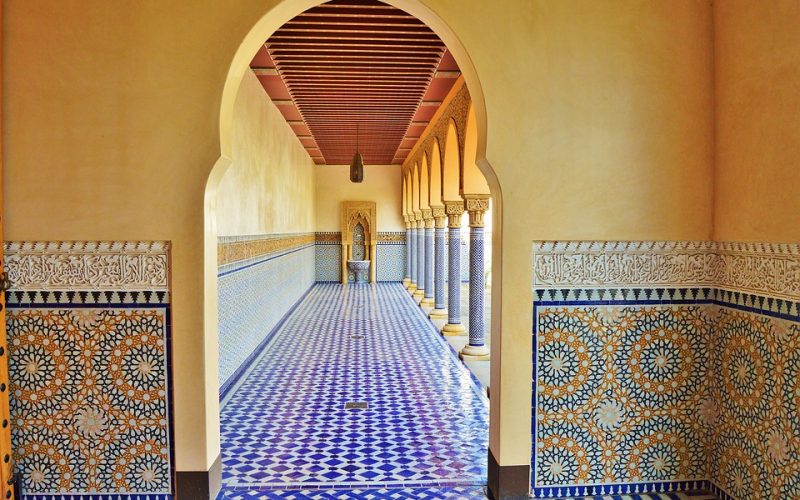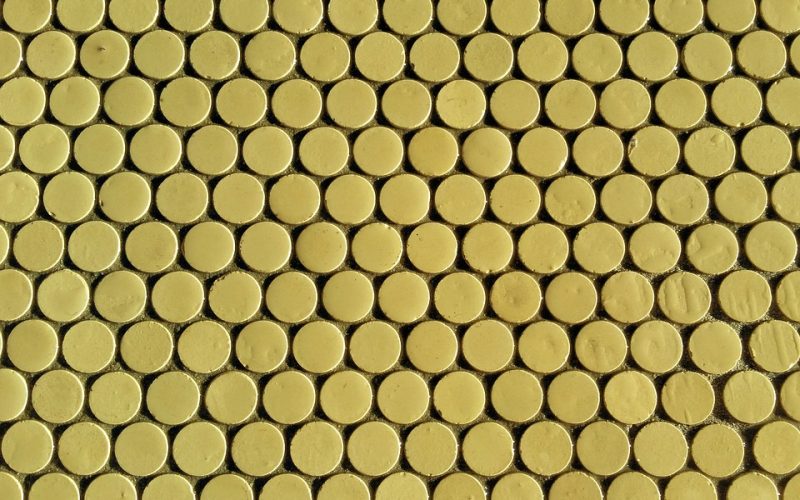Ceramics have been an integral part of human civilization for thousands of years, evolving from simple clay pots to intricate works of art and high-tech materials. This evolution underscores ceramics' incredible versatility, making them a vital component in various sectors, from art to engineering. The way ceramics blend functionality with aesthetic appeal is a testament to their enduring significance and adaptability.
From traditional pottery to modern art
In the realm of art, ceramics have always held a special place. Traditional pottery, often created by hand and fired in kilns, showcases the artistry and craftsmanship of cultures across the world. These pieces serve not only as functional items but also as storytellers of cultural heritage and traditions. In modern times, ceramicists have pushed the boundaries of what is possible, using innovative techniques and materials to create contemporary art pieces that challenge perceptions and inspire awe. This transition from traditional to modern demonstrates ceramics' ability to adapt and evolve with artistic trends.
Applications in construction and architecture
Beyond their artistic applications, ceramics play a crucial role in construction and architecture. Materials like brick, tile, and concrete are indispensable in building robust structures. These ceramic-based materials are known for their durability, resistance to environmental factors, and versatility in design. Tiles, for instance, are used for both functional and decorative purposes in flooring and wall cladding, offering an array of colours, patterns, and textures. The use of ceramics in construction highlights their practicality and ability to enhance both the aesthetic and structural integrity of buildings.
Technological advancements in ceramics
The technological advancements in ceramics have opened new avenues in science and industry. High-performance ceramics, such as those used in aerospace and electronics, are engineered to withstand extreme conditions. In aerospace, ceramics are used for heat shields and engine components due to their ability to endure high temperatures and resist corrosion. In electronics, ceramic materials are integral to the production of semiconductors and superconductors, contributing to the advancement of technology. These high-tech applications illustrate ceramics' capacity to meet the demanding requirements of modern technology.
Ceramics in the medical field
Ceramics also have significant applications in the medical field, offering solutions that improve patient outcomes. Bio ceramics are used in various applications, such as bone grafts, dental implants, and joint replacements, due to their biocompatibility and structural properties. These materials are designed to interact positively with biological tissues, promoting healing and integration within the body. The use of ceramics in medicine exemplifies how these versatile materials can be tailored to meet the specific needs of healthcare, enhancing the quality of life for patients.
The role of ceramics in sustainable practices
Environmental sustainability is another area where ceramics are making an impact. Ceramic products, particularly in the construction industry, are valued for their longevity and energy efficiency. For instance, ceramic tiles can help regulate indoor temperatures by retaining heat, reducing the need for artificial heating and cooling. Additionally, the production of ceramics has seen advancements in eco-friendly practices, such as recycling waste materials and reducing energy consumption during manufacturing. This focus on sustainability underscores ceramics' potential to contribute to greener practices and reduce environmental footprints.
The future of ceramics
Looking ahead, the future of ceramics is bright, with ongoing research and development promising new innovations and applications. The combination of traditional techniques with cutting-edge technology will continue to expand the possibilities for ceramics in various fields. Whether it's through enhancing energy efficiency, advancing medical devices, or creating ground breaking art, ceramics will remain a versatile and essential material. Their ability to adapt and thrive in diverse environments ensures that ceramics will continue to play a vital role in shaping the future.
The versatility of ceramics is evident across multiple domains, each one showcasing their unique properties and applications. From traditional art and architecture to high-tech industries and sustainable practices, ceramics have proven their worth time and again. Their capacity to evolve and adapt ensures that they will remain an indispensable material in our lives, offering solutions and inspiration for generations to come.
